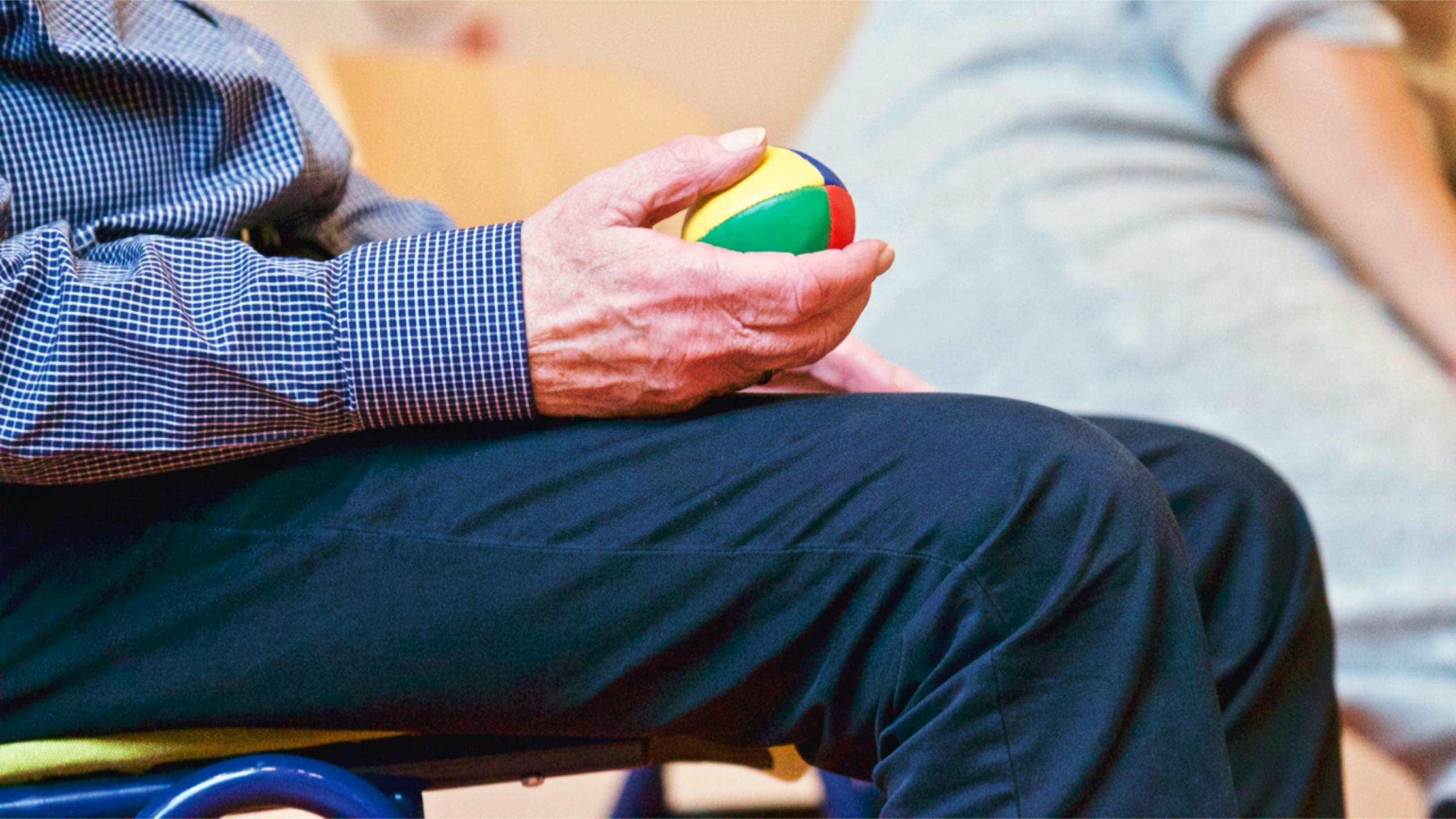How to Manage Chronic Pain

How to Manage Chronic Pain: Effective Tips and Ways
Millions of people worldwide suffer from chronic pain, which frequently results in a marked reduction in their quality of life. Conditions such as fibromyalgia, nerve damage, migraines, and arthritis are common culprits behind chronic pain. For chronic pain to be adequately managed, a combination of therapies that address both the psychological and physical aspects of pain is required.
1. Exercise Regularly
 Regular physical activity is one of the best strategies to manage chronic pain. Even though it might seem paradoxical to work out when you’re in pain, doing so gradually helps to lessen pain. Exercise strengthens the muscles around affected areas, improves flexibility, and boosts overall body function.
Regular physical activity is one of the best strategies to manage chronic pain. Even though it might seem paradoxical to work out when you’re in pain, doing so gradually helps to lessen pain. Exercise strengthens the muscles around affected areas, improves flexibility, and boosts overall body function.
Walking, swimming, and cycling are all great low-impact workouts. Stretching exercises, yoga, and Pilates can also alleviate stiffness and enhance mobility. Before beginning any new fitness regimen, it’s crucial to speak with your doctor to be sure it’s suitable for your particular condition.
Also read: How tight muscles can cause back pain
2. Implement Relaxation Techniques
 Tension, worry, and anxiety are frequently attached to chronic pain, which can make the pain worse. Deep breathing exercises, meditation, and progressive muscle relaxation are examples of relaxation practices that assist in calming the mind and releasing tense muscles. These techniques function by lowering pain perception and relaxing the neurological system.
Tension, worry, and anxiety are frequently attached to chronic pain, which can make the pain worse. Deep breathing exercises, meditation, and progressive muscle relaxation are examples of relaxation practices that assist in calming the mind and releasing tense muscles. These techniques function by lowering pain perception and relaxing the neurological system.
For example, research says that mindfulness meditation enhances the brain’s processing of pain signals, hence reducing the severity of the pain. Regularly using these relaxation techniques can help manage chronic pain in the long run as well as provide instant relief.
3. Improve Sleep Quality
 Chronic pain can make it hard to sleep, and sleep deprivation can make it worse. This creates a vicious cycle. Concentrate on enhancing your sleeping patterns to end this cycle. Make sure your sleeping space is peaceful and comfy, set up a calming nighttime ritual, and stick to a regular sleep schedule.
Chronic pain can make it hard to sleep, and sleep deprivation can make it worse. This creates a vicious cycle. Concentrate on enhancing your sleeping patterns to end this cycle. Make sure your sleeping space is peaceful and comfy, set up a calming nighttime ritual, and stick to a regular sleep schedule.
Deep breathing and guided imagery are two relaxation methods that might help you relax before bed and fall asleep more easily. If pain keeps you awake, consider using supportive pillows or sleep aids designed for people with chronic pain conditions.
4. Maintain a Healthy Diet
 A healthy, well-balanced diet is crucial for the management of chronic pain. Inflammation causes chronic pain frequently. However, one can reduce it by eating foods high in antioxidants, vitamins, and minerals. Omega-3 fatty acids, which are present in walnuts, flaxseeds, and fish, have anti-inflammatory qualities that may help reduce discomfort from diseases like arthritis.
A healthy, well-balanced diet is crucial for the management of chronic pain. Inflammation causes chronic pain frequently. However, one can reduce it by eating foods high in antioxidants, vitamins, and minerals. Omega-3 fatty acids, which are present in walnuts, flaxseeds, and fish, have anti-inflammatory qualities that may help reduce discomfort from diseases like arthritis.
Furthermore, it’s critical to maintain proper water because dehydration can make pain more sensitive. Avoiding processed foods, refined sugars, and excessive caffeine or alcohol consumption can also help in managing chronic pain more effectively.
5. Cognitive Behavioral Therapy (CBT)

Chronic pain doesn’t just affect the body; it also takes a toll on the mind. Negative thoughts, depression, and anxiety can heighten the experience of pain. Cognitive behavioral therapy (CBT), a psychological approach to pain management that has been thoroughly studied, helps people develop coping strategies and change negative thought patterns.
Chronic pain frequently comes with a negative thought pattern that can be broken with cognitive behavioral therapy. Patients can better control their pain and enhance their general quality of life by addressing the emotional aspect of pain. For a more comprehensive approach, several pain management experts advise combining cognitive behavioral therapy with various therapeutic modalities.
6. Physical Therapy

Another effective strategy for treating chronic pain is physical therapy. A skilled physical therapist can create a customized therapy program that emphasizes movements to increase mobility, strength, and flexibility. These tailored programs often target specific areas of pain, helping individuals regain their independence and ability to perform daily tasks.
Physical therapy sessions frequently include manual therapy techniques like massage or joint manipulation. These methods can ease tense muscles and improve circulation, both of which are critical for pain relief and recovery.
7. Heat and Cold Therapy
 Chronic pain can be relieved by switching between heat and cold therapy. By increasing blood flow to the afflicted area, applying heat helps to relieve aching muscles and reduce stiffness. For someone with chronic pain, a warm bath or heating pad can be quite beneficial.
Chronic pain can be relieved by switching between heat and cold therapy. By increasing blood flow to the afflicted area, applying heat helps to relieve aching muscles and reduce stiffness. For someone with chronic pain, a warm bath or heating pad can be quite beneficial.
Conversely, cold therapy helps to reduce inflammation and numb discomfort. Using an ice pack for 15 to 20 minutes on the affected area can minimize swelling and provide temporary relief. Alternating between heat and cold therapy throughout the day is a simple but effective way to manage chronic pain at home.
8. Medications and Injections

While non-pharmaceutical methods are essential in managing chronic pain, medications are also part of the pain management toolbox. You can get temporary relief from certain types of chronic pain by over-the-counter pain medications, including acetaminophen and nonsteroidal anti-inflammatory medicines (NSAIDs).
Your doctor may recommend stronger painkillers, such as opioids, for more severe pain. Opioids should be used carefully and under strict medical supervision, nevertheless, because of their potential for addiction. In certain situations, corticosteroid injections or nerve blocks could be suggested to lessen pain and inflammation in particular body parts.
9. Alternative Therapies
 Complementary and alternative therapies, such as acupuncture and chiropractic care, have gained popularity in managing chronic pain. Thin needles are inserted into particular body sites during acupuncture treatments in order to activate nerves and lessen pain signals. Many people report significant pain relief after several acupuncture sessions.
Complementary and alternative therapies, such as acupuncture and chiropractic care, have gained popularity in managing chronic pain. Thin needles are inserted into particular body sites during acupuncture treatments in order to activate nerves and lessen pain signals. Many people report significant pain relief after several acupuncture sessions.
One can also lessen back and neck pain with chiropractic care, which focuses on spinal alignment and manipulation. Other alternative therapies, such as biofeedback and transcutaneous electrical nerve stimulation (TENS), also show promise in managing chronic pain when combined with other treatment methods.
10. Seek Professional Help
 If your chronic pain persists despite using these methods, it may be time to consult with a pain management specialist. A specialist, such as Dr. Faheem Abbasi, located in New Brunswick at No Pain, NJ, can provide a comprehensive assessment and treatment plan. Experts in pain management have received extensive training in identifying and managing chronic pain disorders. They may recommend advanced treatment options like nerve ablation, spinal cord stimulation, or specialized physical therapy.
If your chronic pain persists despite using these methods, it may be time to consult with a pain management specialist. A specialist, such as Dr. Faheem Abbasi, located in New Brunswick at No Pain, NJ, can provide a comprehensive assessment and treatment plan. Experts in pain management have received extensive training in identifying and managing chronic pain disorders. They may recommend advanced treatment options like nerve ablation, spinal cord stimulation, or specialized physical therapy.
By seeking the expertise of a professional, you can gain access to a broader range of treatments that may help alleviate chronic pain and improve your quality of life.
Conclusion
The process of managing chronic pain is intricate and continuous. To find treatment, you need a mix of medical, psychological, and physical techniques. From regular exercise and relaxation techniques to professional interventions by a pain management specialist near New Brunswick, such as Dr. Faheem Abbasi at No Pain NJ, you can manage chronic pain effectively, allowing individuals to live fuller and more active lives.
